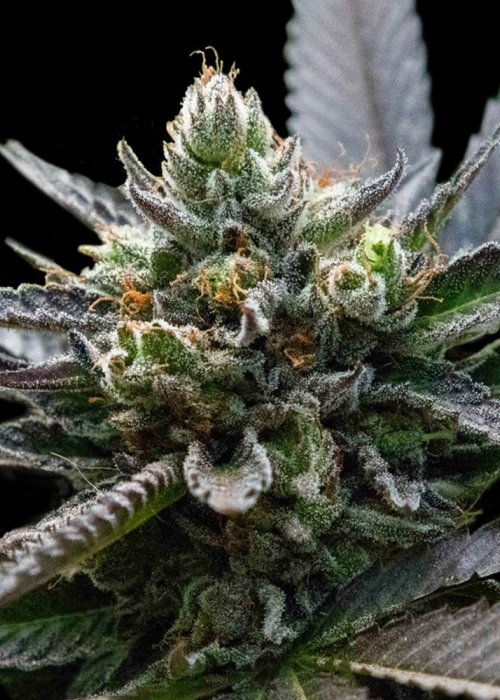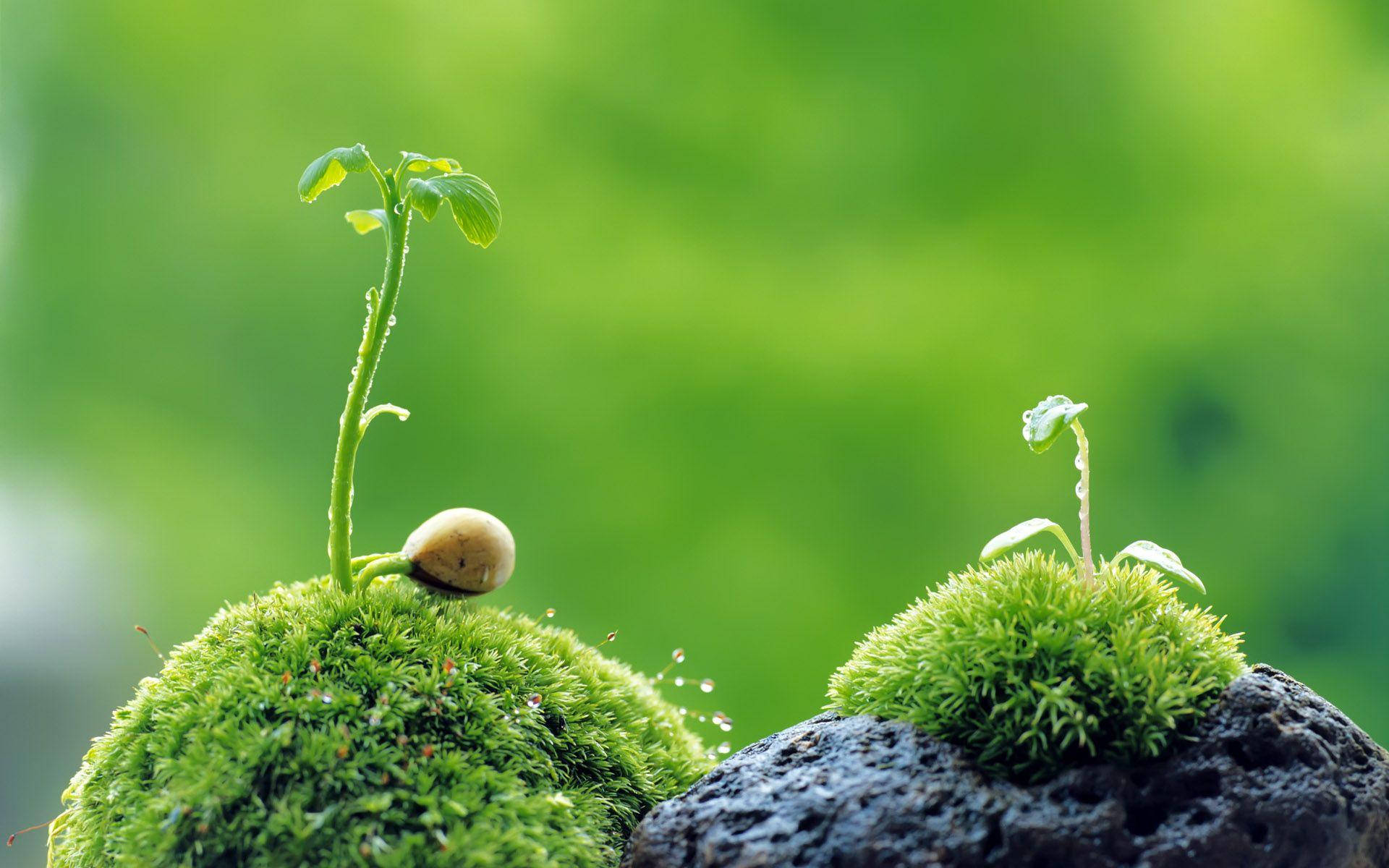IPGRI Technical Bulletin no. 1. (J.M.M
페이지 정보

본문
 A seed financial institution (also seed banks or seeds bank) shops seeds to preserve genetic diversity; hence it is a type of gene financial institution. There are various reasons to store seeds. One is to preserve the genes that plant breeders need to extend yield, disease resistance, drought tolerance, nutritional high quality, taste, etc. of crops. Another is to forestall lack of genetic variety in uncommon or imperiled plant species in an effort to conserve biodiversity ex situ. Many plants that have been used centuries ago by humans are used less incessantly now; seed banks provide a method to preserve that historic and cultural worth. Collections of seeds saved at fixed low temperature and low moisture are guarded against loss of genetic resources which might be in any other case maintained in situ or in subject collections. These alternative "living" collections can be damaged by natural disasters, outbreaks of disease, or war. Seed banks are considered seed libraries, containing precious information about developed methods to combat plant stress, and can be utilized to create genetically modified versions of current seeds.
A seed financial institution (also seed banks or seeds bank) shops seeds to preserve genetic diversity; hence it is a type of gene financial institution. There are various reasons to store seeds. One is to preserve the genes that plant breeders need to extend yield, disease resistance, drought tolerance, nutritional high quality, taste, etc. of crops. Another is to forestall lack of genetic variety in uncommon or imperiled plant species in an effort to conserve biodiversity ex situ. Many plants that have been used centuries ago by humans are used less incessantly now; seed banks provide a method to preserve that historic and cultural worth. Collections of seeds saved at fixed low temperature and low moisture are guarded against loss of genetic resources which might be in any other case maintained in situ or in subject collections. These alternative "living" collections can be damaged by natural disasters, outbreaks of disease, or war. Seed banks are considered seed libraries, containing precious information about developed methods to combat plant stress, and can be utilized to create genetically modified versions of current seeds.
 The work of seed banks usually span many years and even centuries. Most seed banks are publicly funded and seeds are often obtainable for research that advantages the public. Seeds are living plants and preserving them viable over the long term requires adjusting storage moisture and temperature appropriately. As they mature on the mother plant, many seeds attain an innate potential to outlive drying. Survival of these so-called 'orthodox' seeds may be prolonged by dry, low temperature storage. The extent of dryness and coldness depends totally on the longevity that is required and the investment in infrastructure that's reasonably priced. Practical pointers from a US scientist in the 1950s and 1960s, James Harrington, are generally known as 'Thumb Rules'. The 'Hundreds Rule' guides that the sum of relative humidity and temperature (in Fahrenheit) must be less than a hundred for the pattern to survive five years. Another rule is that discount of water content by 1% or temperature by 10 °F (5.6 °C) will double the seed life span.
The work of seed banks usually span many years and even centuries. Most seed banks are publicly funded and seeds are often obtainable for research that advantages the public. Seeds are living plants and preserving them viable over the long term requires adjusting storage moisture and temperature appropriately. As they mature on the mother plant, many seeds attain an innate potential to outlive drying. Survival of these so-called 'orthodox' seeds may be prolonged by dry, low temperature storage. The extent of dryness and coldness depends totally on the longevity that is required and the investment in infrastructure that's reasonably priced. Practical pointers from a US scientist in the 1950s and 1960s, James Harrington, are generally known as 'Thumb Rules'. The 'Hundreds Rule' guides that the sum of relative humidity and temperature (in Fahrenheit) must be less than a hundred for the pattern to survive five years. Another rule is that discount of water content by 1% or temperature by 10 °F (5.6 °C) will double the seed life span.
Research from the nineteen nineties showed that there is a restrict to the useful effect of drying or cooling, so it must not be overdone. The doc advocates drying seeds to about 20% relative humidity, sealing seeds in prime quality moisture-proof containers, and storing seeds at −20 °C (−4 °F). These circumstances are frequently referred to as 'conventional' storage protocols. Seeds from our most necessary species - corn, wheat, rice, soybean, pea, tomato, broccoli, melon, sunflower, and so forth. - could be saved in this manner. However, there are various species that produce seeds that do not survive the drying or low temperature of conventional storage protocols. These species have to be stored cryogenically. Seeds of citrus fruits, espresso, avocado, cocoa, coconut, papaya, oak, walnut and willow are just a few examples of species that ought to be preserved cryogenically. Like the whole lot, seeds eventually degrade with time. It is difficult to predict when seeds lose viability and so most reputable seed banks monitor germination potential throughout storage.
When seed germination percentage decreases beneath a prescribed amount, the seeds must be replanted and contemporary seeds collected for an additional round of long-term storage. Seeds banks may operate in far more primitive situations if the goal is only to take care of yr-by-year seed provides and decrease costs for farmers in a particular area. One of the greatest challenges for seed banks is choice. Collections must be relevant and which means they must present helpful genetic variety that's accessible to the public. Collections must also be efficient and meaning they mustn't duplicate supplies already in collections. Keeping seeds alive for lots of of years is the subsequent greatest problem. Orthodox seeds are amenable to 'conventional' storage protocols however there are numerous seed types that have to be stored utilizing nonconventional methods. Technology for these strategies is rapidly advancing; native institutional infrastructure may be lacking. Some seeds cannot be saved alive in storage and have to be regenerated - planted to produce a brand new amount of seeds to be saved for another length of time.
Parzies et al. 2000 discovered that this reduced the effective inhabitants size and alleles had been misplaced. Parzies' discovering has since been taken significantly by banks world wide and has sparked further verification - regeneration is extensively acknowledged to not preserve range perfectly. In-situ conservation of seed [readalltheromance.com]-producing plant species is another conservation strategy. In-situ conservation involves the creation of National Parks, National Forests, and National Wildlife Refuges as a manner of preserving the pure habitat of the focused seed-producing organisms. In-situ conservation of agricultural resources is carried out on-farm. This also permits the plants to proceed to evolve with their setting by way of natural choice. An arboretum stores timber by planting them at a protected site. A cheaper, group-supported seed library can save local genetic material. Detailed info on the role of such "soil seed banks" in northern Ontario, nonetheless, is extraordinarily limited, and research is required to find out the species and abundance of seeds in the soil throughout a variety of forest varieties, as well as to determine the operate of the seed financial institution in put up-disturbance vegetation dynamics.
- 이전글You acquire comfort 24.11.03
- 다음글Penthouse Malaysia 24.11.03

